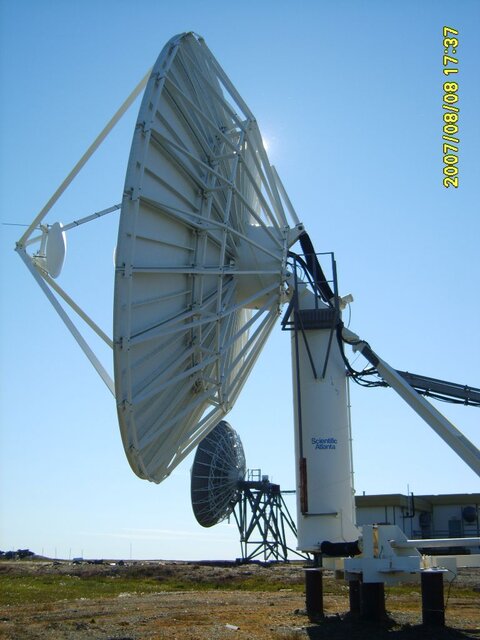We really don't have European channels beaming directly to America, as far as I know. The closest thing that comes to mind is France24 on the Caribbean beam of 34.5W, Ku-band.
exactly - Canal Caraïbes on 34.5W lower Ku is a French operator (with all the "regular" channels from France but also many channels from the Americas) that is aimed at the French islands in the Caribbean. Unfortunately it's almost all encrypted and while it's a subscription service, you need an address in Guadeloupe, St Barth, St Martin or Martinique to be able to subscribe.
BBC world News was ITC there recently, for a few days, but that's gone.
There is however, supposedly, a real European service that can be received in Eastern Canada and in New England... I've mentioned it a few times but here it is again... Check out ABS-3a on Lyngsat, at 3W. The last service at the bottom of the list, Europe beam. That beam extends to the areas I just mentioned. However, it is at best very challenging. From here, it's only a few degrees above the horizon, and only 40 dBW EIRP. But in theory, it most be doable. It carries a few Italian channels.
For about a month last year, the BFBS mux was ITC on 40.5W. That was really nice, but the picture quality was mediocre SD.
You can also get some European channels on Hispasat @30W: Canal Vasco (Basque region of Spain) and TV Galicia (area of Spain just north of Portugal).
The other European channels we can get are "international" channels: DW-TV, France 24, BVN, TVRi, RTPi, Duna, RT, UATV, Belarus, RTS, TRT World, etc.



